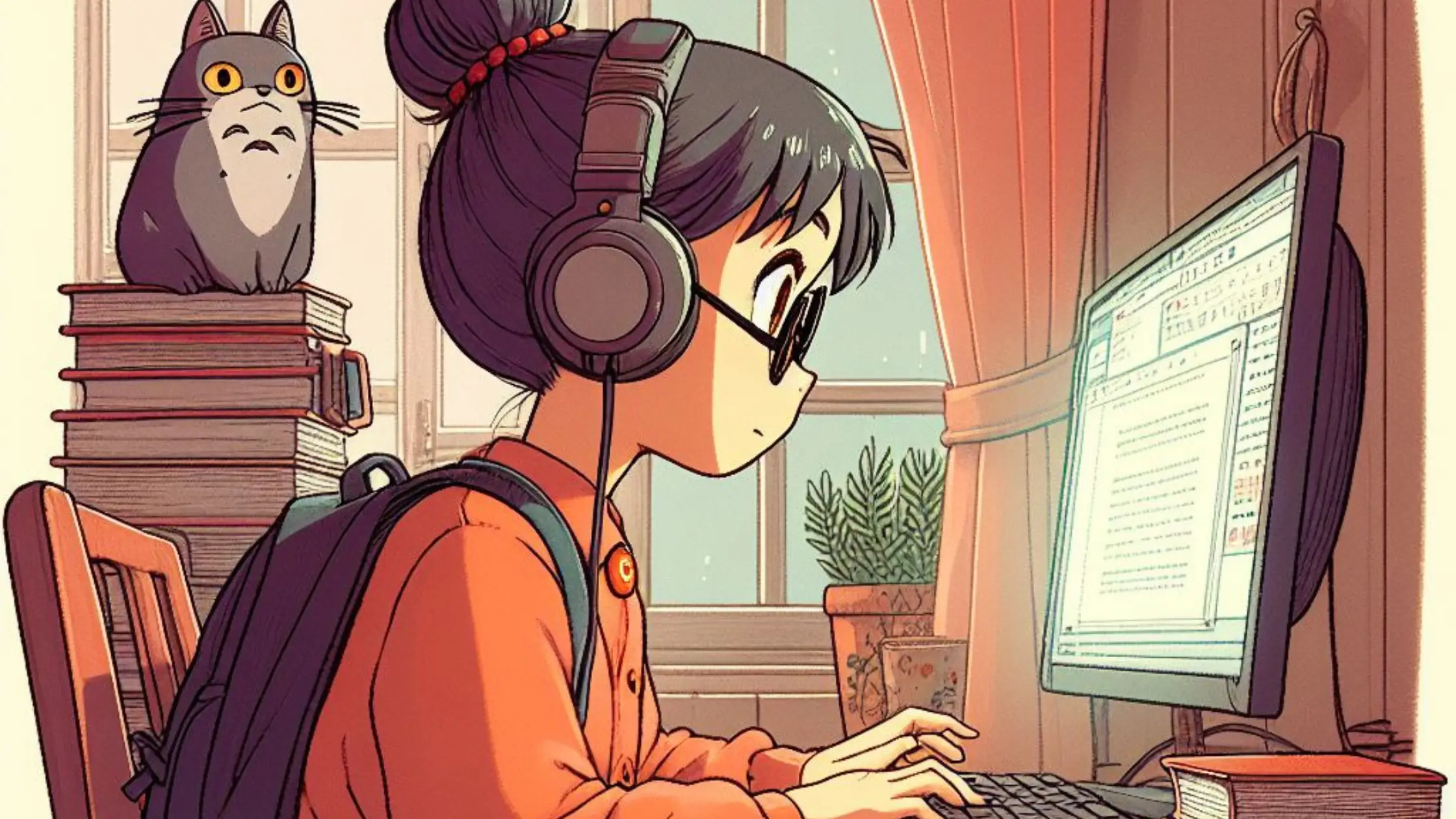
21 Jan What is LoFi Hip Hop? Everything you need to know
Summary
- Lofi hip hop is a unique music genre that blends elements of hip hop, jazz, and ambient music, and is recognized for its low-fidelity sound quality, relaxed vibe, simple beats, and jazzy samples.
- The lofi hip hop community is a vibrant and diverse group of listeners, producers, and DJs who share a common interest in the genre and its nostalgic and melancholic tones, and they utilize online platforms to discover new music, interact with each other, and collaborate on projects.
- The production of lofi hip hop is a creative process that involves sampling, manipulating, and looping sounds from various sources, using tools such as drum machines, synthesizers, and software.
Table Of Contents
Origin & Evolution of LoFi Hip Hop
Find out more >Characteristics of the genre
Find out more >All about the Lofi Community
Find out more >Some artists that represent the genre
Find out more >How to produce a lofi beats
Find out more >Effects of lofi hip hop on mental wellness
Find out more >Future trends of the genre.
Find out more >Origin & Evolution
The roots of lofi hip hop can be traced back to the 1980s and 1990s, a period when pioneers like J Dilla, Madlib, and Nujabes explored the art of sampling vinyl records, manipulating drum machines, and crafting immersive soundscapes. Additionally, lofi hip hop draws inspiration from the Japanese philosophy of wabi-sabi, celebrating the beauty found in imperfection and impermanence.¹
During the 2010s, lofi hip hop experienced a surge in popularity, particularly on online platforms such as YouTube. Numerous channels dedicated to streaming lofi hip hop beats emerged, offering listeners a soothing background for relaxation or study sessions. Beyond being a musical genre, lofi hip hop has evolved into a culture and community that places significance on creativity, authenticity, and emotional expression.¹
Characteristics of LoFi Hip Hop
Lofi hip hop is a genre of music that combines elements of hip hop, jazz, and ambient music. It is characterized by:
Low-fidelity sound quality
The genre embraces a low-fi aesthetic, employing samples sourced from vintage records, cassette tapes, or radio broadcasts. This deliberate use of imperfect sound, including vinyl crackle, tape hiss, or bitcrushing, imparts a nostalgic quality to the music.²
Relaxed and chill vibe
The genre is known for its laid-back and tranquil atmosphere. Lofi hip hop compositions are typically slow-paced and mellow, creating a soothing ambiance. Natural sounds like rain, birdsong, or waves may be integrated to enhance the overall calming effect.²
Simple and repetitive beats
The genre relies on minimalistic and looped drum patterns that provide a consistent and steady rhythm. The beats often incorporate swing or syncopation, contributing to a distinctive groove and a sense of gentle movement.²
Jazzy and melodic samples
The genre draws inspiration from jazz, soul, or R&B, incorporating melodic samples that add richness and complexity to the music. These samples may undergo manipulation through chopping, pitching, or filtering, introducing variation and maintaining listener interest.²
In summary, lofi hip hop’s charm lies in its intentional use of low-fidelity elements, relaxing ambiance, simple yet captivating beats, and the incorporation of jazzy and melodic samples, creating a genre that is both nostalgic and contemporary.² If you wanna get a taste of that, I would recommend you, to listen to this playlist on Spotify:
LoFi Hip Hop Community
Exploring the vibrant world of lofi hip hop reveals a captivating community that thrives on creativity and shared passion. In this dynamic space, enthusiasts ranging from listeners to bedroom producers and DJs come together, forming a close-knit camaraderie. The genre, known for its low-fidelity sounds and DIY spirit, has cultivated a dedicated following that transcends geographical boundaries.³
At the heart of this musical phenomenon is a collective appreciation for the nostalgic and melancholic tones that define lofi hip hop. These sounds resonate with the contemporary experiences of the younger generation, offering a reflective response to the challenges and uncertainties they often face in their daily lives. The community places a high value on authenticity and emotional expression, with a strong emphasis on the do-it-yourself (DIY) culture.³
Online platforms play a pivotal role in sustaining this vibrant community, serving as hubs for music discovery, interaction, and collaboration. As lofi hip hop evolves over time, the community remains a driving force, actively shaping the trajectory of the genre with their boundless creativity and unwavering passion.³
Despite occasional debates about the meaning and function of lofi hip hop, it stands as both a coping mechanism for its listeners and a commentary on the status quo. In essence, it serves as a guiding light for those seeking solace in its soothing sounds.³
Artists in the Lofi Hip Hop Scene
In a nutshell, lofi hip hop artists are the maestros crafting the melodic landscapes that accompany your daily routines. From the ethereal beats of J Dilla to the contemporary vibes of Idealism, each artist brings a distinctive touch to this genre. Explore with us as we delve into the enchanting world of lofi hip hop, unveiling the creators and their stories that resonate through the gentle cadence of their music.
Nujabes
Nujabes, whose real name was Jun Seba, was a renowned Japanese record producer, audio engineer, DJ, composer, and arranger. He was best known for his atmospheric instrumental mixes that sampled from hip hop, soul, and jazz, and incorporated elements of trip hop, breakbeat, downtempo, and ambient music.
flofilz
FloFilz is a renowned music producer from Germany, known for his jazz sample-based old-school hip-hop beats. He began his journey in music production around 2012, after completing his training in violin. Since releasing his first solo album in 2014, FloFilz has traveled the world with his music.
trashbbx
Trashbbx is not only a beatboxer but also a beatmaker from Munich. He shares his knowledge and techniques through various platforms as well as on his blog. His music is diverse and is often described as mellow and melodic.
knowsum
Knowsum is a musician and producer who is part of the SXT Gäng. His music is characterized by its unique sound and style. His contributions to the music scene have made him a notable figure in the industry.
cap kendricks
Cap Kendricks is a musician and producer based in Munich, Germany. His music is deeply rooted in Hip-Hop. He is associated with the Fellatricks Connection Crew. His contributions to the music scene have made him a notable figure in the industry.
wun two
Wun Two is a lo-fi hip-hop producer and beatmaker. His real name is Jan Vetter. His music is characterized by a unique blend of lo-fi beats and boom-bap influences. He is recognized for his impeccable feeling for sample selection and his skillful manipulation of rhythm.
JDilla
J Dilla, born as James Dewitt Yancey, was an influential American record producer and rapper from Detroit. Known for his innovative sampling and drum programming, he was a member of the group Slum Village. Despite his early death at 32, his legacy continues to inspire artists worldwide.
swum
SwuM is an emerging lofi-hip-hop producer. He first gained attention through his 2014 beat tape, DIMES.. He continues to contribute to the lofi-hip-hop scene with his unique sound and style. His work has garnered a following, making him a notable figure in the beatmaking community.
How To Create Lofi Hip Hop
Dive into the world of lofi hip hop production with this easy-to-follow guide. In just five steps, I’ll take you from novice to producer, demystifying the process along the way – have fun! =)
Choose a sample
Lo-fi hip hop often relies on sampling old records, especially jazz, soul, and funk. You can use a turntable, a sampler, or a software program to record and chop up a sample of your choice. Alternatively, you can play your own instruments or use virtual instruments to create a melody or chord progression.⁴
Add drums
Lo-fi hip hop typically features sparse and laid-back beats, often with a swing or shuffle feel. You can use drum machines, acoustic drum samples, or even household sounds to create your drum patterns. You can also add vinyl or tape noise to give your drums a dusty and lo-fi sound.⁴
Process your sounds
Lo-fi hip hop is characterized by low-fidelity effects, such as filtering, distortion, compression, reverb, and delay. You can use these effects to make your sounds more warm, gritty, or atmospheric. You can also use pitch-shifting, time-stretching, or modulation effects to create variations and glitches in your sounds.⁴
Arrange your track
Lo-fi hip hop tracks are usually short and simple, with minimal changes in structure. You can arrange your track by looping your sample and drums, and adding or removing elements to create contrast and interest. You can also use automation, fades, or cuts to create transitions and dynamics in your track.⁴
Mix & Master Your Track
This is the final step where you balance the levels of your tracks, pan your instruments, and apply global effects like EQ, compression, and limiting to ensure your track sounds cohesive and polished. This step can make a significant difference in the overall sound and quality of your music.⁴
Lofi Hip Hop and Mental Wellness
As we have already discussed before, Lofi hip hop is a genre of music that is characterized by its relaxed and chill beats. It is often used as background music for studying, working, or simply relaxing. In recent years, there has been growing interest in the potential benefits of lofi hip hop for mental health.
Studies have shown that lofi hip hop can help to reduce stress and anxiety. The calming beats and atmospheric sounds of lofi hip hop can help to create a sense of peace and tranquility. This can be especially beneficial for people who are feeling stressed or anxious.⁵
Lofi hip hop can also help to improve focus and concentration. The repetitive beats of lofi hip hop can help to create a sense of rhythm and flow. This can make it easier to focus on tasks and stay on track.⁵
In addition, lofi hip hop can be a source of comfort and relaxation. The mellow sounds of lofi hip hop can help to create a sense of calm and well-being. This can be especially beneficial for people who are feeling stressed, anxious, or overwhelmed.⁵
Of course, not everyone will find lofi hip hop to be beneficial for their mental health. Some people may find the music to be too repetitive or boring. However, for many people, lofi hip hop can be a valuable tool for improving mental well-being.
Here are some specific examples of how lofi hip hop can be used to improve mental health:
- Studying: Lofi hip hop can help to create a focused and productive study environment.
- Working: Lofi hip hop can help to improve concentration and productivity at work.
- Relaxing: Lofi hip hop can help to reduce stress, anxiety, and insomnia.
- Meditation: Lofi hip hop can be used as a backdrop for meditation or mindfulness practices.
If you are interested in exploring the potential benefits of lofi hip hop for your mental health, there are a few things you can do:
- Listen to lofi hip hop for a few minutes and see how it makes you feel.
- Try listening to lofi hip hop while you are studying, working, or relaxing.
- Read about the research on the benefits of lofi hip hop for mental health.
Future Trends in Lofi Hip Hop
- Lofi hip hop is already a global phenomenon, and its popularity is expected to continue to grow in the years to come. This growth will be driven by a number of factors, including the genre's appeal to a wide range of listeners, its popularity on streaming platforms, and its use in popular culture.⁶
- Another trend is the increasing diversity of the genre. Lofi hip hop has traditionally been dominated by male artists, but there is a growing number of female and non-binary artists making lofi hip hop. This diversity is reflected in the genre's sound, which is becoming more experimental and incorporating elements from other genres.²
- Lofi hip hop is becoming increasingly commercial. Artists are increasingly signing with record labels and releasing their music on streaming platforms. This commercialization is likely to lead to greater exposure for the genre and to new opportunities for lofi hip hop artists.²
Last modified: 21.01.2024
- https://iaspmjournal.net/index.php/IASPM_Journal/article/view/949/pdf_1
- https://ojs.stanford.edu/ojs/index.php/theword/article/view/1705/1326
- https://journals.sagepub.com/doi/full/10.1177/27538702231214328
- https://www.cambridge.org/core/journals/organised-sound/article/lofi-today/73B4DDB240C2B2DC0A0E64249AB44325
- https://www.calm.com/blog/benefits-of-lofi-music
- https://www.forbes.com/sites/andreazarczynski/2020/12/23/how-lofi-hip-hop-will-inspire-new-music-in-2021/

Author: Trashbbx
Trashbbx is a beatboxer, beatmaker & music producer based in Munich Germany. Throughout his career as a musician, he has gained a lot of experience working in the music industry.




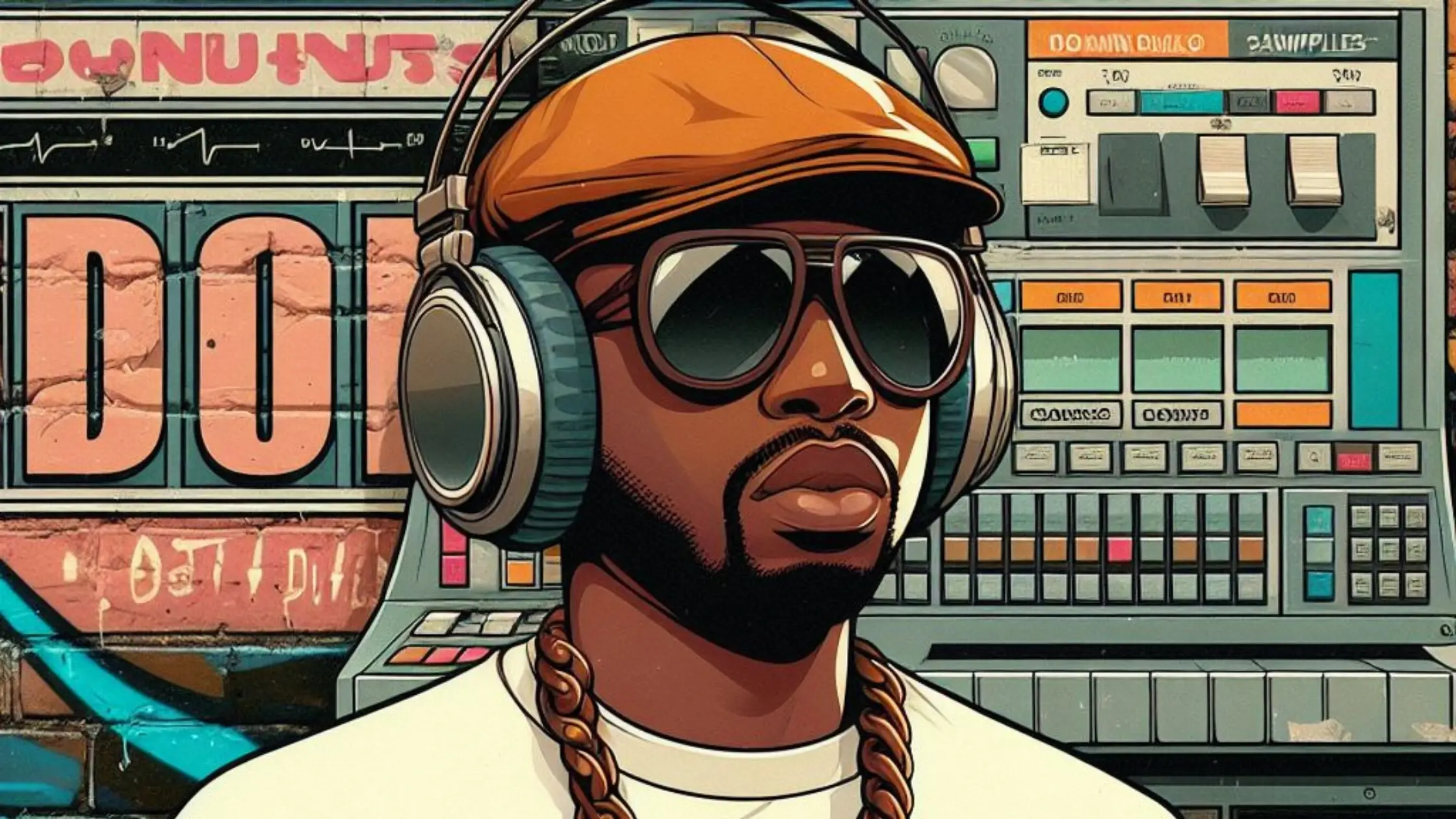
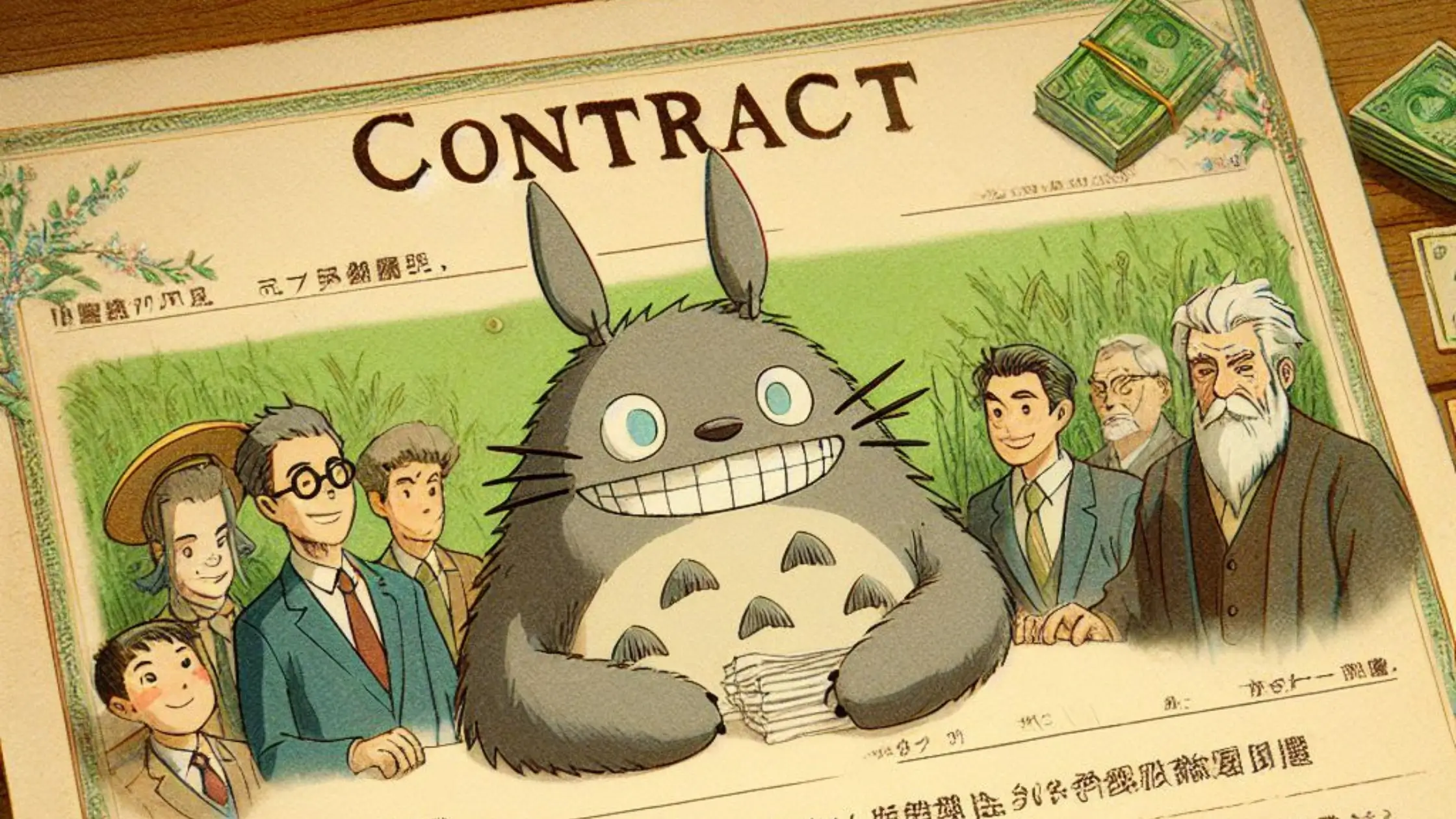
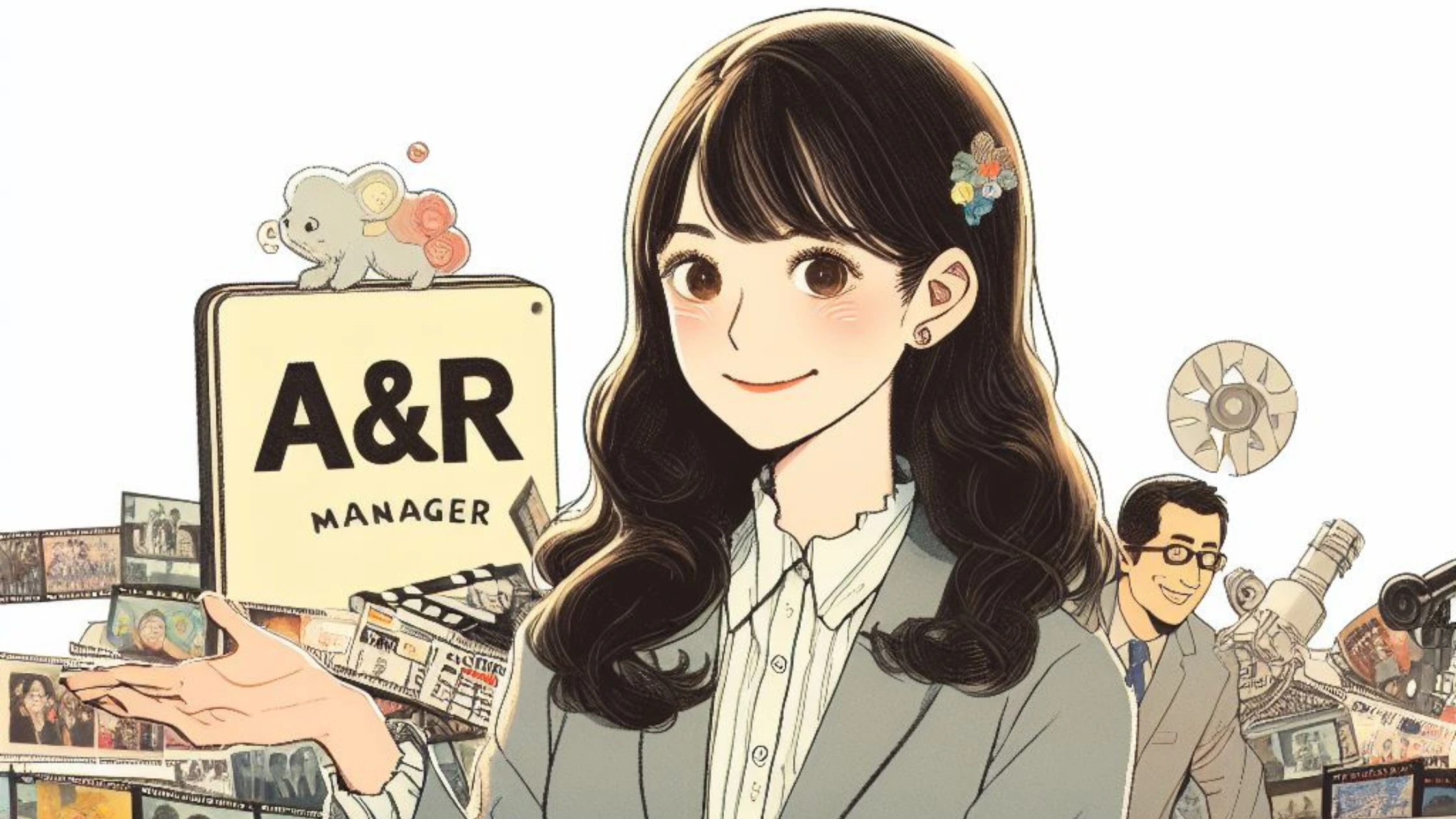
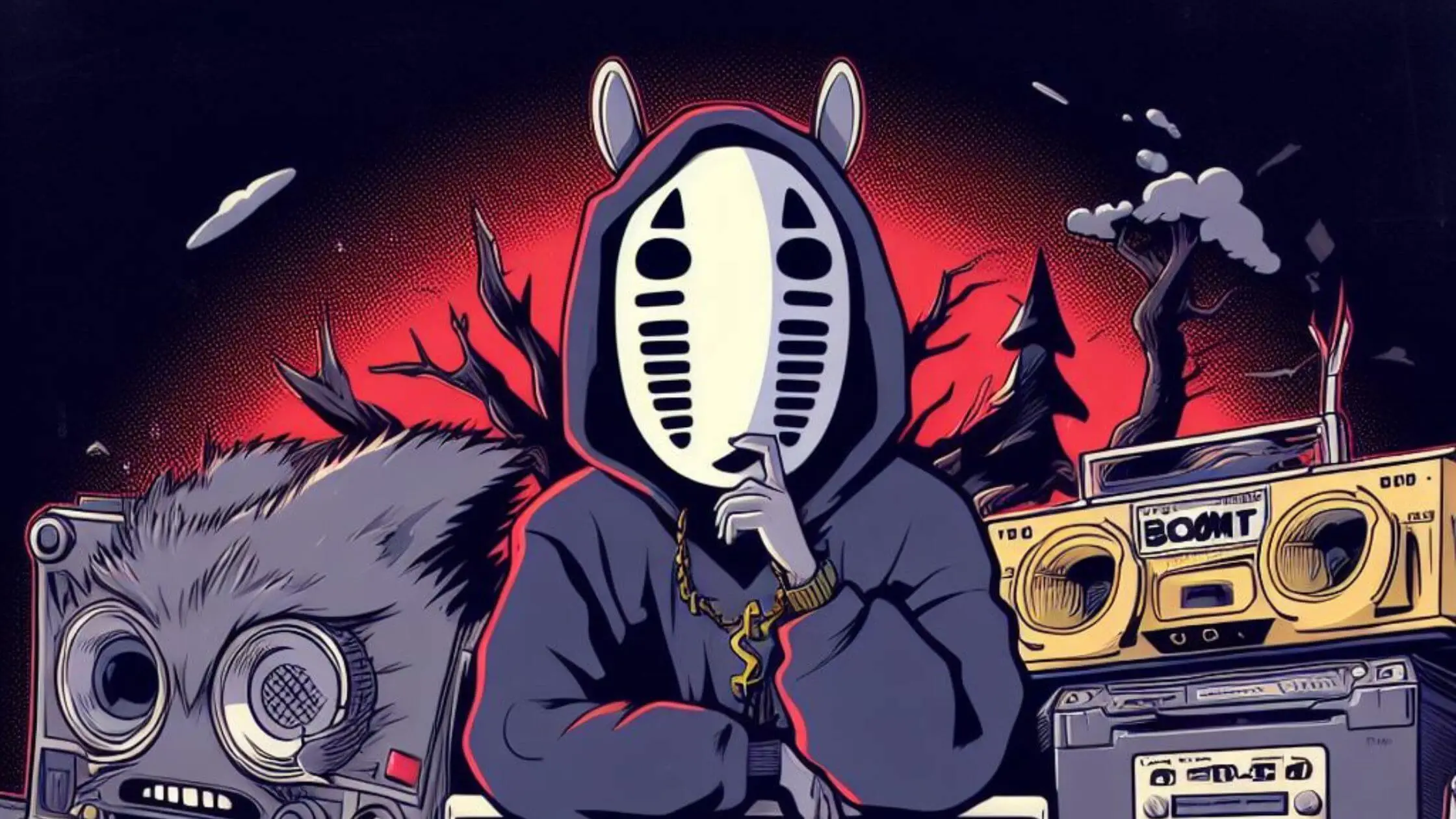
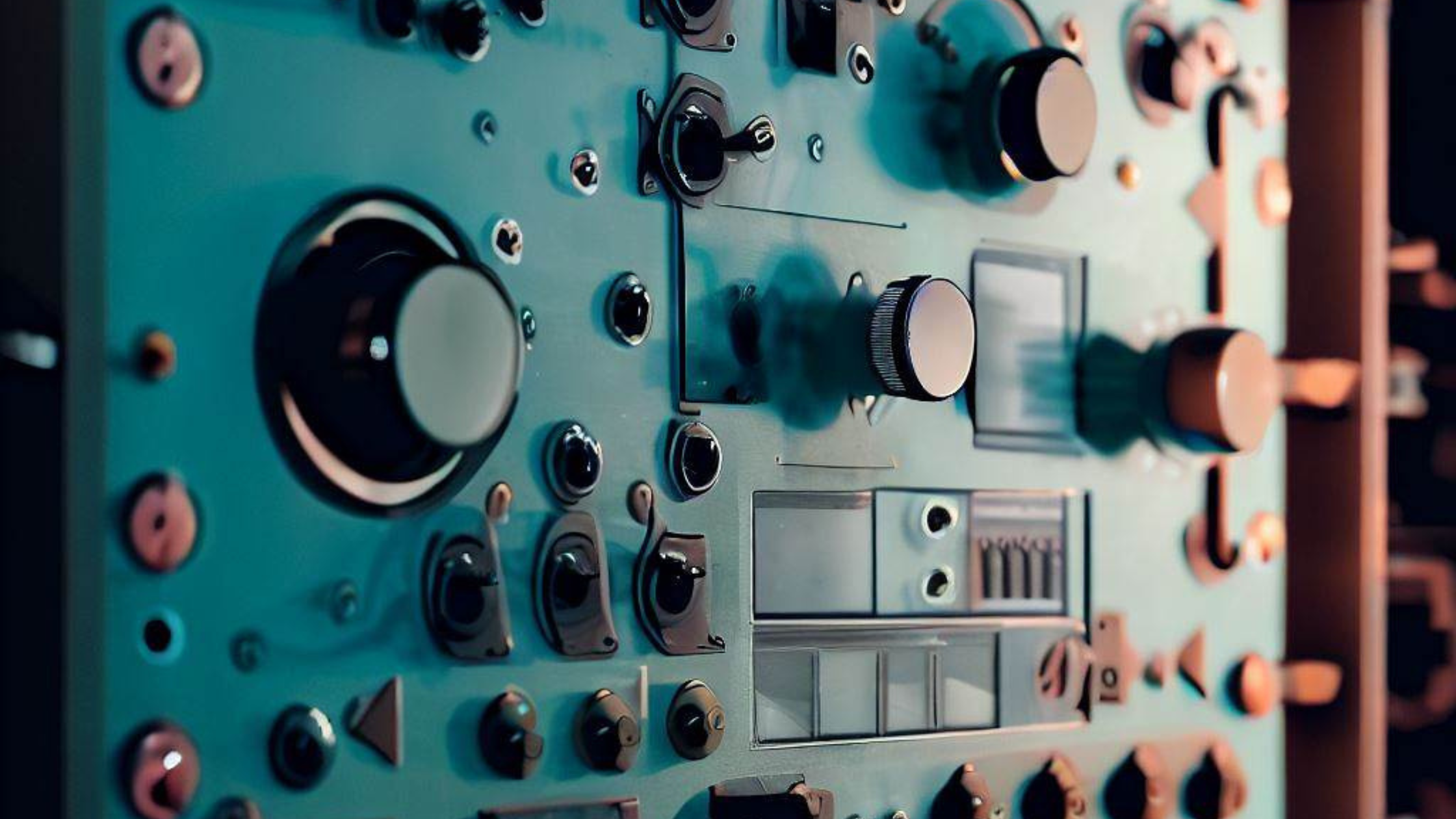

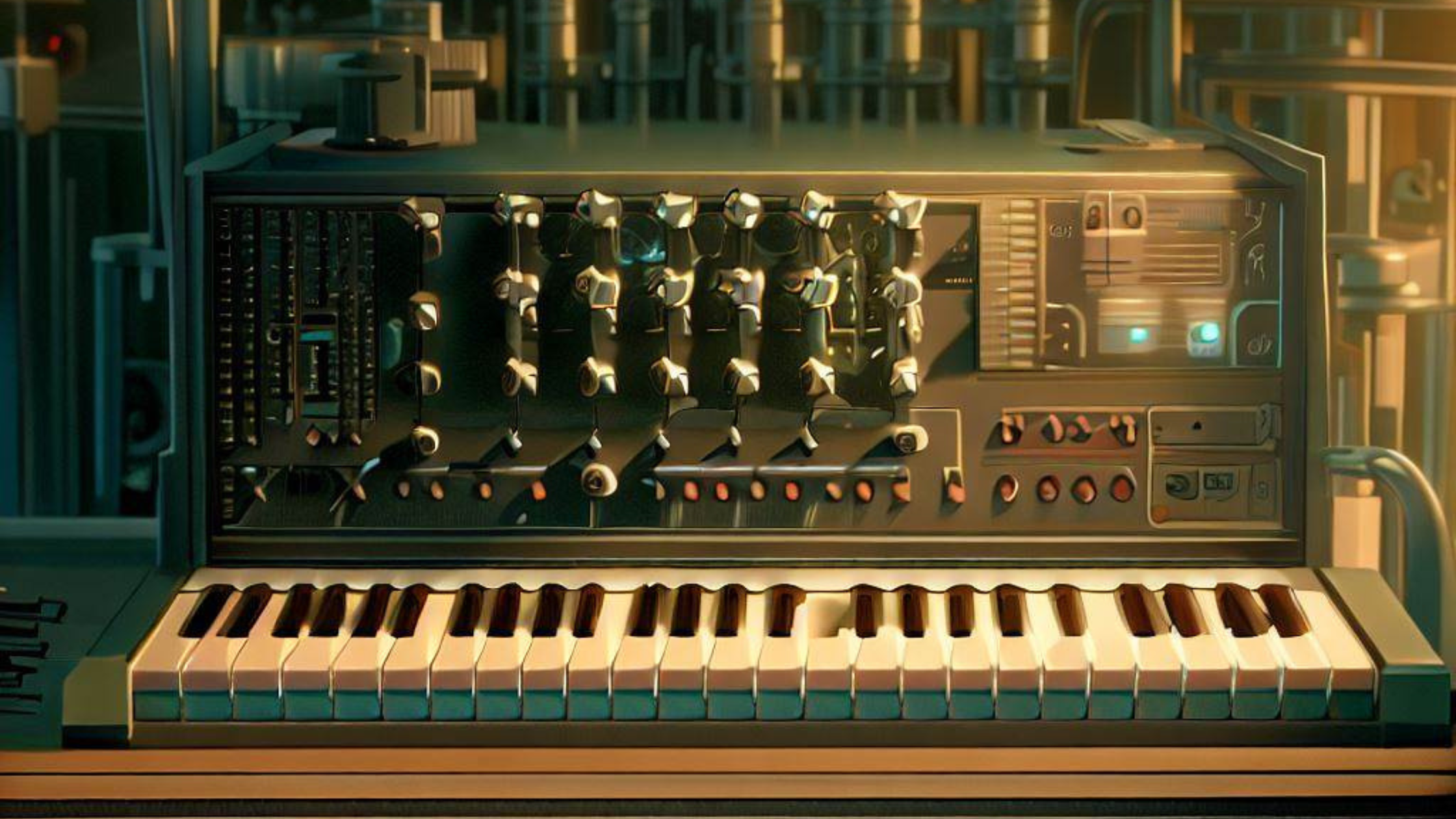
Sorry, the comment form is closed at this time.